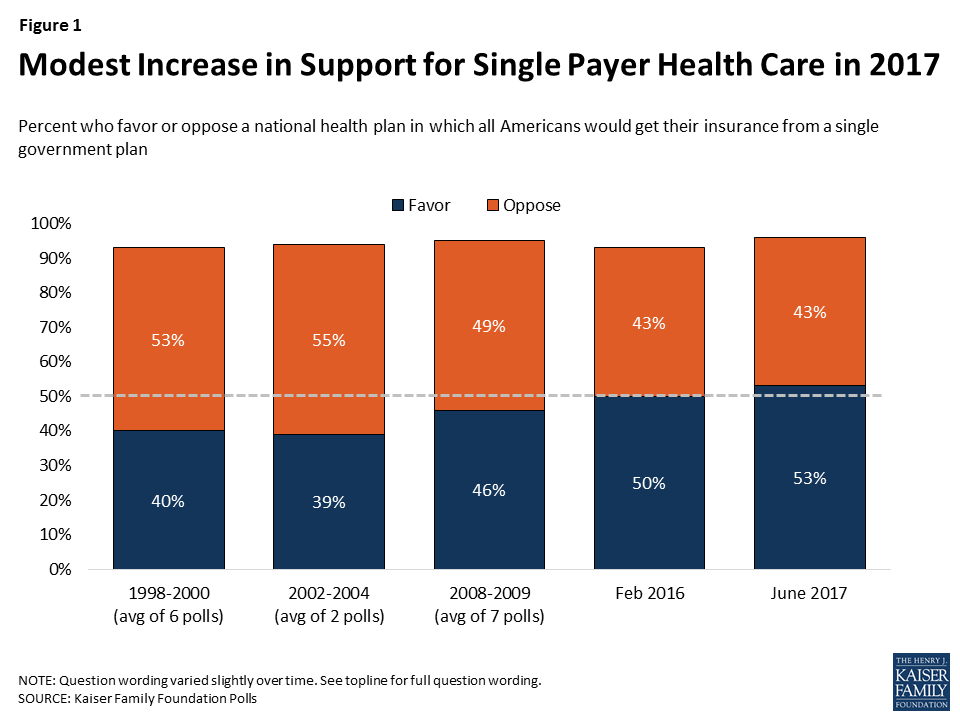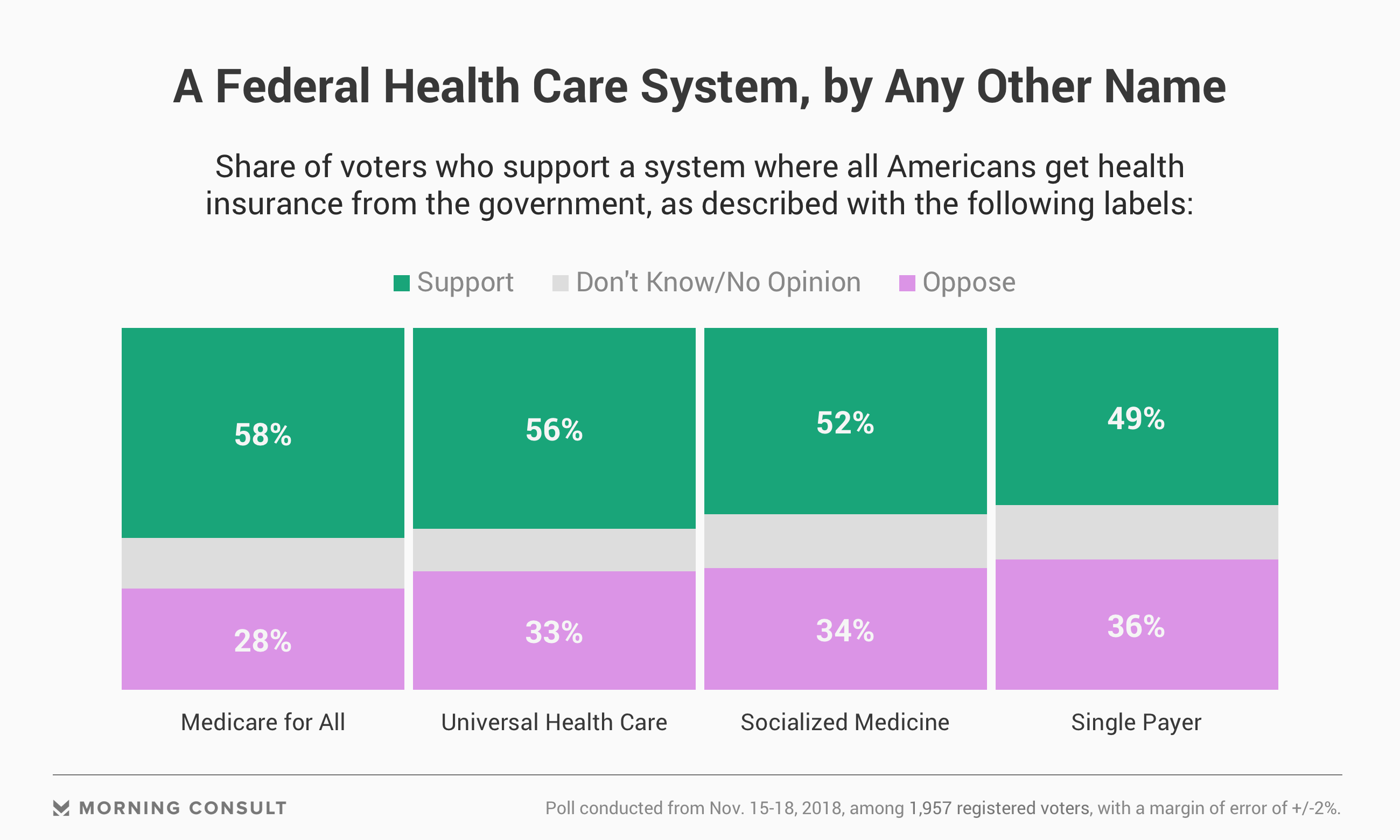Universal health coverage implies that all people have access to the health services they require, when and where they require them, without monetary hardship. It includes the full series of important health services, from health promo to avoidance, treatment, rehab, and palliative care. Presently, at least half of the people in the world do not get the health services they need.
This must alter. To make health for all a reality, we need: individuals and neighborhoods who have access to high quality health services so that they look after their own health and the health of Click here their families; competent health workers providing quality, people-centred care; and policy-makers committed to buying universal health protection.
Great health systems are rooted in the neighborhoods they serve. They focus not just on preventing and dealing with illness and disease, however likewise on assisting to improve well-being and quality of life. senate health care vote when.
Universal healthcare is a system that provides quality medical services to all citizens. The federal government uses it to everybody regardless of their capability to pay. The large expense of providing quality health care makes universal healthcare a big expenditure for federal governments. Most universal healthcare is moneyed by basic income taxes or payroll taxes.
But its health shipment system does have particular parts, such as Medicare, Medicaid, and the Department of Veterans Affairs, that provide universal healthcare to particular populations. Decreases overall health care expenses: The federal government manages the costs through settlement and regulation. Decreases administrative costs: Doctors only handle one government agency.

physicians spend four times as much as Canadians handling insurer. Forces hospitals and medical professionals to provide the exact same standard of service at a low cost: In a competitive environment like the United States, healthcare service providers need to also concentrate on earnings. They do this by using the newest technology.
The smart Trick Article source of Which Entity Oversees The Licensure Of Health Care Facilities? That Nobody is Discussing
They try to complete by targeting the rich. Produces a much healthier workforce: Studies reveal that preventive care decreases the need for costly emergency clinic use. Without access to preventive care, 46% of emergency room clients went since they had no other place to go. They utilized the emergency situation space as their medical care doctor.
Early childhood care prevents future social expenses: These consist of criminal activity, welfare dependence, and health issues. Health education teaches households how to make healthy lifestyle choices, avoiding persistent diseases. Governments can enforce regulations and taxes to guide the population towards healthier choices: Regulations make unhealthy options, such as drugs, unlawful. Sin taxes, such as those on cigarettes and alcohol, make them more expensive.
The sickest 5% of the population produce 50% of overall healthcare costs, while the healthiest 50% only produce 3% of expenses. People have less financial reward to remain healthy: Without a copay, people may overuse emergency clinic and doctors. There are long wait times for optional treatments: The government concentrates on supplying basic and emergency https://tysonylht728.mystrikingly.com/blog/the-greatest-guide-to-why-did-democrats-block-veterans-health-care-bill health care.
Healthcare expenses. For example, some Canadian provinces spend practically 40% of their spending plans on healthcare. with a low probability of success. This consists of drugs for unusual conditions and costly end-of-life care. In the United States, care for patients in the last six years of life comprises one-fourth of the Medicare budget.
Standardizes service. Produces a much healthier workforce. Avoids future social costs. Guides people to make much healthier choices. Drawbacks Healthy people spend for the sickest. Individuals have less financial incentive to remain healthy. Long wait times. Doctors might cut care to reduce expenses. Healthcare costs overwhelm federal government budgets. The government may restrict services that have a low probability of success There are 3 universal healthcare models.
Countries frequently combine universal health coverage with other systems to present competitors. These alternatives can decrease costs, expand choice, or enhance care. People can also go with better services with additional private insurance coverage. The United States offers various designs for populations such as the senior, veterans, and low-income people. In a single-payer system, the government provides totally free health care paid for with income from income taxes.
The Single Strategy To Use For Which Entity Oversees The Licensure Of Health Care Facilities?
Every citizen has the very same access to care. This is called the Beveridge Design. When federal governments offer health care, they work to guarantee medical professionals and healthcare facilities offer quality care at a sensible expense. They should collect and analyze data. They can also use their acquiring power to affect health care service providers.
Other nations include Spain, New Zealand, and Cuba. The United States offers it to veterans and military personnel with the Department of Veterans Affairs and the militaries. Countries that utilize a social health insurance model requires everybody to buy insurance, generally through their companies. The taxes go into a government-run health insurance coverage fund that covers everyone.
The federal government controls medical insurance costs. It likewise has a lot of clout to control the private-providers' rates. Germany established this system. France, Belgium, the Netherlands, Japan and Switzerland likewise utilize it. The U.S. Obamacare system likewise requires insurance, however there are many exemptions. It is likewise comparable in that it provides subsidies to medical insurance companies for low-income enrollees.
Every citizen pays into the national insurance strategy. Administrative costs are lower since there is one insurance business. The government has a lot of take advantage of to require medical costs down. Canada, Taiwan, and South Korea use this design. The U.S. Medicare, Medicaid, and TRICARE systems likewise use this design Australia has a combined health insurance.
Everybody receives protection. People should pay deductibles before federal government payments kick in. Many citizens want to spend for additional private medical insurance to receive a greater quality of care. Government regulations protect seniors, the bad, kids, and rural locals. In 2018, healthcare cost 9. 3% of Australia's gdp.
The per capita cost was US$ 5,005, about average for developed countries. There were 42. 6% of clients who reported a wait time of more than 4 weeks to see a specialist. Australia had among the very best infant death rates of the compared countries at 3. 1%. Canada has a nationwide health insurance coverage system.
The Single Strategy To Use For A Health Care Professional Is Caring For A Patient Who Is About To Begin Taking Ethacrynic Acid
Personal supplemental insurance pays for vision, dental care, and prescription drugs. Hospitals are openly funded. They provide totally free care to all homeowners regardless of their capability to pay. The federal government keeps medical facilities on a fixed budget plan to manage expenses, however compensates medical professionals at a fee-for-service rate. In 2018, health care expense 10.

The cost per individual was US$ 4,974. A tremendous 62. 8% of clients waited more than four weeks to see an expert. The infant mortality rate was 4. 3%, among the countries compared. France has a social medical insurance system that offers care to all legal homeowners. That consists of medical facilities, physicians, drugs, and some dental and vision care.
Of that, payroll taxes fund 64%, earnings taxes spend for 16%, and 12% is from tobacco and alcohol taxes. In 2018, healthcare cost 11. 2% of GDP. That was US$ 4,965 per individual. Half of all clients reported a wait time of more than 4 weeks to see a specialist.